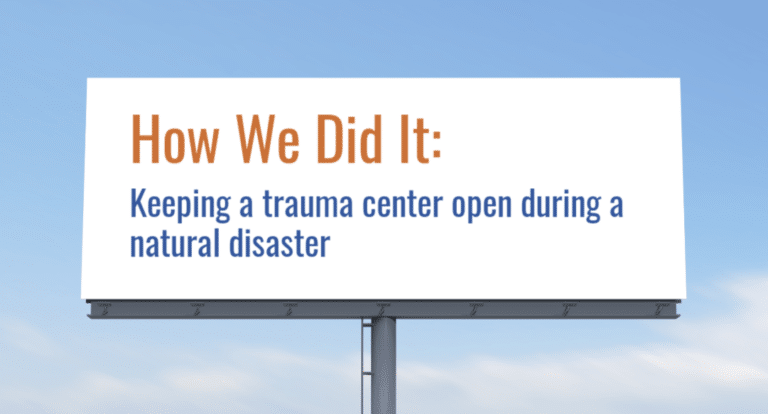While most of us in trauma have had to deal with some type of patient surge, few have experienced the challenge of providing continuous service during a weeks-long natural disaster.
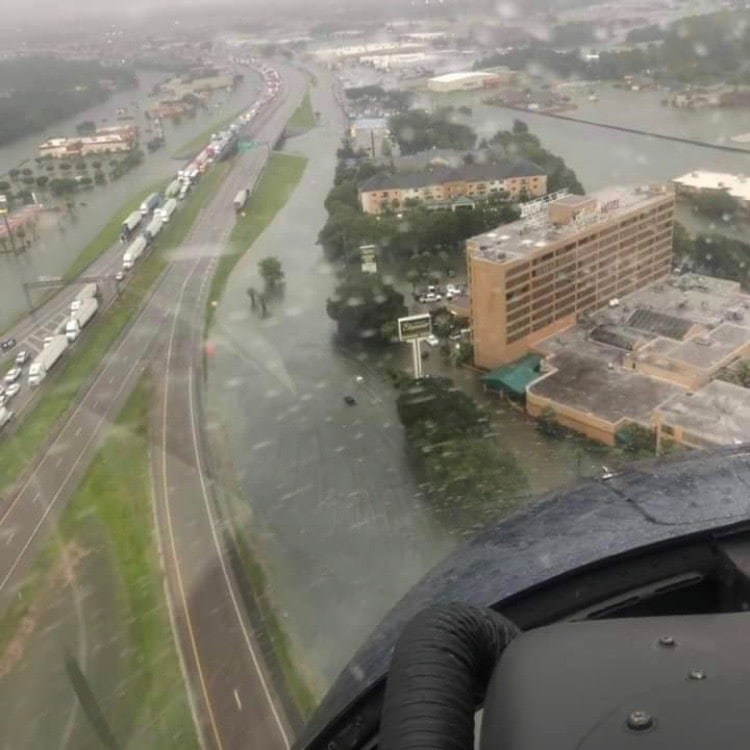
For this installment of How We Did It, I talked to trauma program leaders at CHRISTUS St. Elizabeth Hospital in Beaumont, Texas, a 431-bed Level II trauma center near the Louisiana border. After Hurricane Rita hit the Texas coast in 2005, the trauma team faced weeks of resource shortages, surging volumes, logistical challenges and unexpected injury patterns.
In the years that followed, St. Elizabeth has weathered several more major hurricanes — and implemented dozens of changes to help the hospital maintain service under the worst conditions. By the time Hurricane Harvey hit Beaumont in 2017, the trauma team at St. Elizabeth was ready.
David Parkus, MD, the trauma medical director at St. Elizabeth, and Kathy Rodgers, RN, the hospital’s trauma program director, have worked together for nearly 20 years. They recently talked about the art of keeping a trauma center operating during an extended natural disaster.
Q. Thank you for speaking with me today, David and Kathy. First of all, how much advance warning did you get that Hurricane Rita was going to be “the big one”?
Parkus: Originally, the hurricane was headed towards Galveston. We thought we would get some rain, but we didn’t expect the storm to be that intense in our area. It wasn’t until the night before landfall that the National Weather Service told us we would be getting the full force of the hurricane. The storm really hit us just a few hours later at about 4 a.m., so we didn’t have much time to prepare.
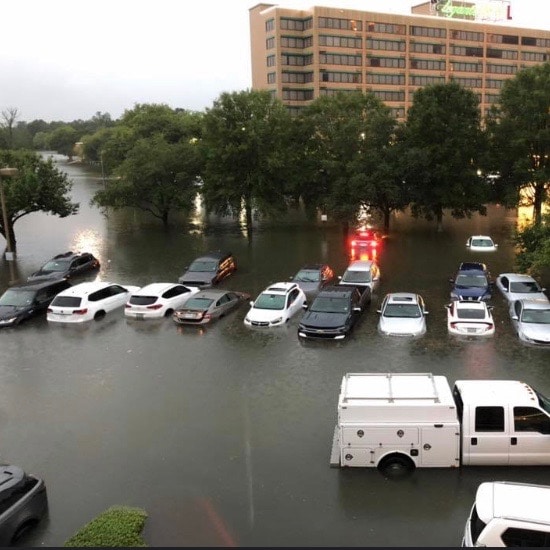
Q. What problems did you encounter early on?
Rodgers: Because of the flooding, we temporarily lost electricity. However, we were able to run the generators. The real problems started about a day into the event when the pumps for potable water stop working. When the pumps stopped, we had several days without running water.
Parkus: We weren’t able to flush toilets, take showers, etc., so you can imagine what that was like after about five days. As part of the solution, the hospital eventually dug its own well.
Q. Did you run into any problems that were absolutely unexpected?
Parkus: Well, several nursing homes decided to drop patients off at the hospital, so we very quickly became a nursing home. That’s something we didn’t expect. People also started to arrive with their pets since the hospital had become the de facto shelter in the community. So the hospital had to manage having all these dogs and cats running around.
In addition, a lot of the medical staff evacuated from the region. As a result, the staff who were here at that time — the ones who were actually working the night the hurricane hit — basically stayed and worked for about a week. This is something we have since addressed with a very clear policy.
Rodgers: We also ran into a couple of unexpected obstacles when we started evacuating patients. Since there was a lot of flooding right around the hospital, the companies that service us with portable oxygen were not delivering anything to us. So we didn’t have enough portable oxygen tanks to go with evacuated patients. We also had several patients on vents, and this proved to be very difficult.
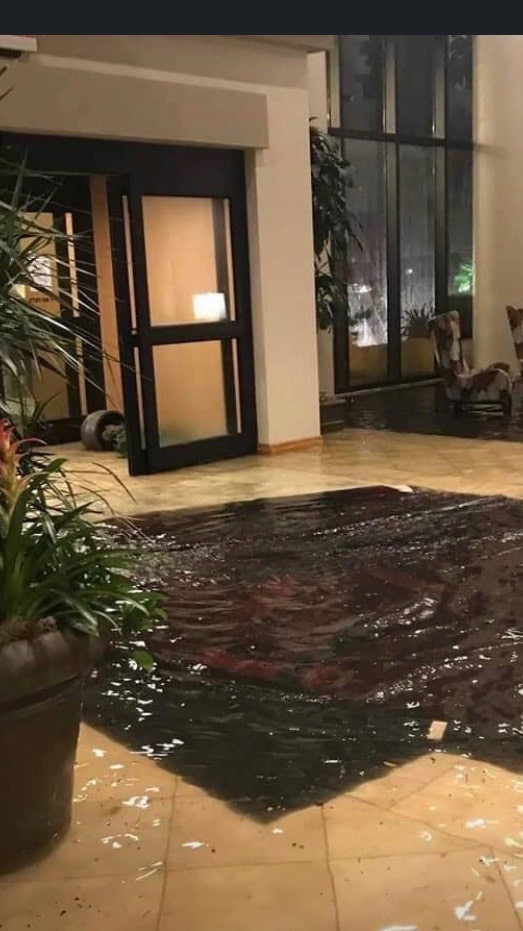
Q. How did you solve these problems?
Rodgers: Within the nursing home population, there were a lot of patients on dialysis. We weren’t prepared for all these patients and by day five we were unable to do any dialysis. So we switched to an approach of just controlling hyperkalemia for these patients since we were able to do point-of-care testing. By the time Hurricane Harvey hit in 2017 we knew to prioritize getting these patients on some of the first aircraft out, right after the intubated patients.
One of the confusing things that happened during Rita was the evacuation — it was so haphazard that we literally couldn’t figure out what facilities some of the patients had been transferred to. So we really closed the loop by the time Hurricane Harvey tested us. We gave every evacuating patient a white wristband and we wrote the next of kin’s phone number on it with a sharpie. That way, the patient’s relatives could be contacted regardless of where the patient ended up. Also, we printed out each patient’s H&P, last progress note and any op reports and put them in a clear sleeve. We then tied the sleeve around the patient’s neck. This way, any medical team inheriting the patient would have some idea of what had been done previously.
Q. What tips would you give other trauma centers so they don’t have to learn natural disaster lessons the hard way?
Rodgers: Obviously, brainstorming about contingencies and having comprehensive plans is essential. Specific to our situation, it’s important to know where your morgue will be and how to scale its capacity quickly because it may be difficult to evacuate the deceased. Also, we rely on computers so much these days so you really need to think ahead about how you’re going to do patient care when you can’t even turn on the computer.
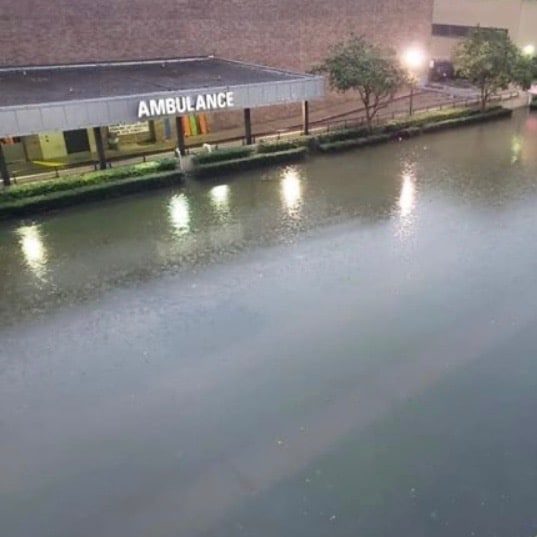
Parkus: One thing I would add is to be prepared for new injury patterns to emerge. Early on I was very surprised by the number of snake bites we were seeing. I think the flooding caused a lot of water moccasins to come into contact with humans. We ran low on anti-venom pretty quickly, and that was one of the things we had to get flown in.
Also from an injury pattern standpoint, we saw an interesting phenomenon. Immediately there were injuries related to drowning or people being swept away by strong currents. But starting about a week after the flooding, we began to see a lot of chainsaw injuries. There were a lot of downed trees and people with no chainsaw experience were trying to cut them up on their own. We also saw a lot of falls from roofs as people were trying to put up tarps. This is something we plan for now, and from an injury prevention standpoint it might make a good public service message after flooding.
Q. What do you think is the overall lesson?
Parkus: Hospital staff need to know that in times of crisis the community looks to the hospital for leadership — and hospital leaders often turn to the trauma team for direction. When a disaster hit our hospital, administration quickly looked to trauma for leadership. I think when it comes to big far-reaching problems, it’s often up to trauma to help steer the ship through difficult waters. So be ready to step up, even if the problems aren’t purely trauma.
Did you solve an operational problem at your trauma center? Let us know and we might feature your team in an upcoming “How We Did It” column. We are looking for solutions to simple but hard-to-solve problems like how to get surgeons to participate in M&M, how to make sure compartment pressure monitoring kits are returned to where they should be, or simply how to keep people from yelling during resuscitations. If you are proud of a solution you have applied, email us with a brief description.

